I've implemented an 8bit adder in python as follows:
from gates import AND, OR, XOR
from utils import number_to_binary, binary_to_number
def EightBitAdder(s1='110101', s2='00010', carry_in=0):
# Limit to 8 bits
s1 = s1[-8:].zfill(8)
s2 = s2[-8:].zfill(8)
s_out = ''
carry_out = None
for i in range(8):
bit_1 = int(s1[8-1-i])
bit_2 = int(s2[8-1-i])
carry_in = carry_out if (carry_out is not None) else carry_in
value_out = XOR(carry_in, XOR(bit_1, bit_2))
carry_out = OR(AND(bit_1, bit_2), AND(bit_1, carry_in), AND(bit_2, carry_in))
s_out = str(int(value_out)) + s_out
print (" %s (%s) \n+ %s (%s) \n= %s (%s) -- Carry %s" % (s1, binary_to_number(s1), s2, binary_to_number(s2), s_out, binary_to_number(s_out), int(carry_in)))
return (s_out, int(carry_out))
The striking thing for me is the "gates" will evaluate lazily, so it won't return a 1/0 unless I call int(), and it seems like there are a tremendous amount of gates in an 8-bit adder. For example:
Am I making a mistake somewhere (or redundancy) somewhere in the carry/value out evaluation, or does a basic 8bit ripple adder really have this many gates in it??
